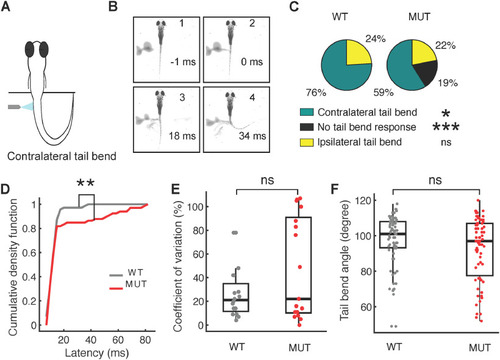Figure 4.
- ID
- ZDB-FIG-211014-5
- Publication
- Jha et al., 2021 - High behavioural variability mediated by altered neuronal excitability in auts2 mutant zebrafish
- Other Figures
- All Figure Page
- Back to All Figure Page
|
Escape response defects in |
| Fish: | |
|---|---|
| Observed In: | |
| Stage Range: | Day 6 to Days 7-13 |

